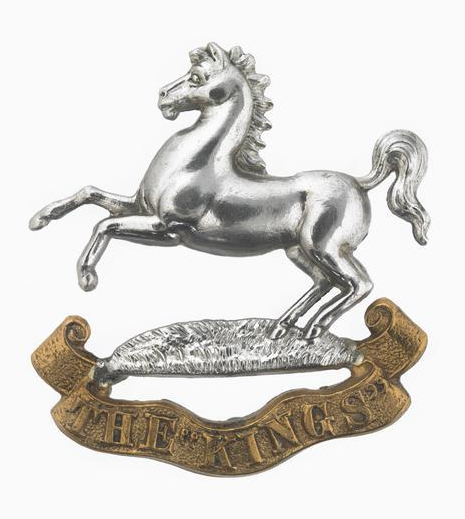Personal Details
Born: 24 May 1866 in Ash, Whitchurch, Shropshire and baptised on 12 June the same year in Ash Parish Church.
Family: He was the fourth of six children born to Henry and Jane Faulkner He married Sarah Edwards on 6 May 1899 at Coppenhall Parish Church, Nantwich, Cheshire and together they had one child, James Henry.
Residence: In 1871, he lived in Edstatson, Wem, Shropshire; by 1881 the family had moved to Church Street, Sawley with Wilsthorpe, Shardlow, Derbyshire. In 1901, newly married, he lived in Waldrons Lane, Church Coppenhall, Nantwich. In 1902 he lived at 28 Kents Lane, Coppenhall, Nantwich; by 1911 he had moved to 8 Creamore Bank, Edstaston, Wem, Shropshire. When he enlisted in 1914 he gave his address as Ivy Cottage, Rye Bank, Wem. In 1939 he was living at 25 Noble Street, Wem.
Employment: In 1881 he was a farm labourer; in 1901 his job had changed to labourer in an engine repair shop; in 1939 he was a retired labourer.
Died: In 1943 in Whitchurch, aged 75.
Military Details
Regiment: King’s Liverpool Regiment (previously King’s Shropshire Light Infantry)
Rank: Private
Service Number: 28457 (previously 6853)
Date of Enlistment: 22 August 1914
Date of Discharge: 3 April 1919
Reason for Discharge: Demobilisation
Other Information: He previously served with the King’s Own Royal Regiment (Lancaster) between 1889 and 1902, including in the Second Boer War.
George was awarded the Campaign Medals (British War Medal, and Victory Medal).

The British War Medal (also known as 'Squeak') was a silver or bronze medal awarded to officers and men of the British and Imperial Forces who either entered a theatre of war or entered service overseas between 5th August 1914 and 11th November 1918 inclusive. This was later extended to services in Russia, Siberia and some other areas in 1919 and 1920. Approximately 6.5 million British War Medals were issued. Approximately 6.4 million of these were the silver versions of this medal. Around 110,000 of a bronze version were issued mainly to Chinese, Maltese and Indian Labour Corps. The front (obv or obverse) of the medal depicts the head of George V. The recipient's service number, rank, name and unit was impressed on the rim.
The Allied Victory Medal (also known as 'Wilfred') was issued by each of the allies. It was decided that each of the allies should each issue their own bronze victory medal with a similar design, similar equivalent wording and identical ribbon. The British medal was designed by W. McMillan. The front depicts a winged classical figure representing victory. Approximately 5.7 million victory medals were issued. Interestingly, eligibility for this medal was more restrictive and not everyone who received the British War Medal ('Squeak') also received the Victory Medal ('Wilfred'). However, in general, all recipients of 'Wilfred' also received 'Squeak' and all recipients of The 1914 Star or The 1914/1915 Star (also known as 'Pip') also received both 'Squeak' and 'Wilfred'. The recipient's service number, rank, name and unit was impressed on the rim.

